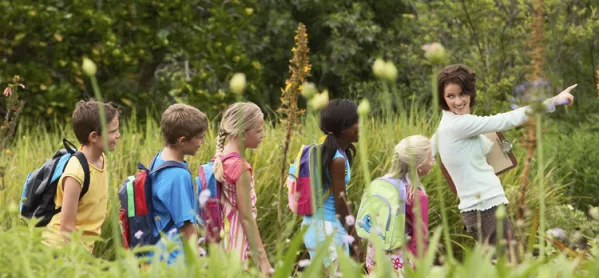The mark of a successful school trip is coming back with the same number of students you left with. Here are a few tips for ensuring that no one goes missing:
- Split them up
If taking a large group of students, say the whole of Year 7, split them up into groups of 10-15 and assign a member of staff to each small group. Provide the designated member of staff with a register for the group so that they can be responsible for them throughout the trip. This is much easier than trying to count an entire year group.
- Sound off
In a group of 10 students, each child should be given a number from one to 10. When the teacher in charge of the group shouts “sound off”, each student shouts out their number in order from one to 10. If there is deathly silence when you reach child number seven, then you can feel free to panic. The bonus of this method is that you don’t even have to learn everyone’s name.
- Have an itinerary
In busy places, try to provide students with a map of the area and an itinerary for the day. If a student does go missing, they can look at their itinerary and their map and catch up to where they need to be. So far, nobody has had to rely on my maps, but there’s always next year...
- Take a mobile
If your school has a staff mobile phone, take it with you. Give the number to the students so they can ring you if they get lost. But don’t give students your personal mobile number − this can and will lead to problems. A teacher’s mobile number could be valuable playground currency for unscrupulous Year 11s.
- Set a curfew
For overnight trips, make sure that every member of staff has a copy of the rooming list. Tell the students a time when they must be in their own rooms and then check each room at the allotted time. You will be surprised how many students come tumbling out of a room pretending they weren’t aware of the time, like hundreds of clowns exiting a tiny car.
- Go in pairs
Make sure that students are in groups of at least two at all times. Under no circumstances should you allow students time to wander off on their own. If you have a student who you know is rather absent-minded, put them in a group with some of your more trusted pupils.
Chris Powell is a geography teacher and head of Year 10 at Parmiter’s School in Hertfordshire
Want to keep up with the latest education news and opinion? Follow TES on Twitter and like TES on Facebook
